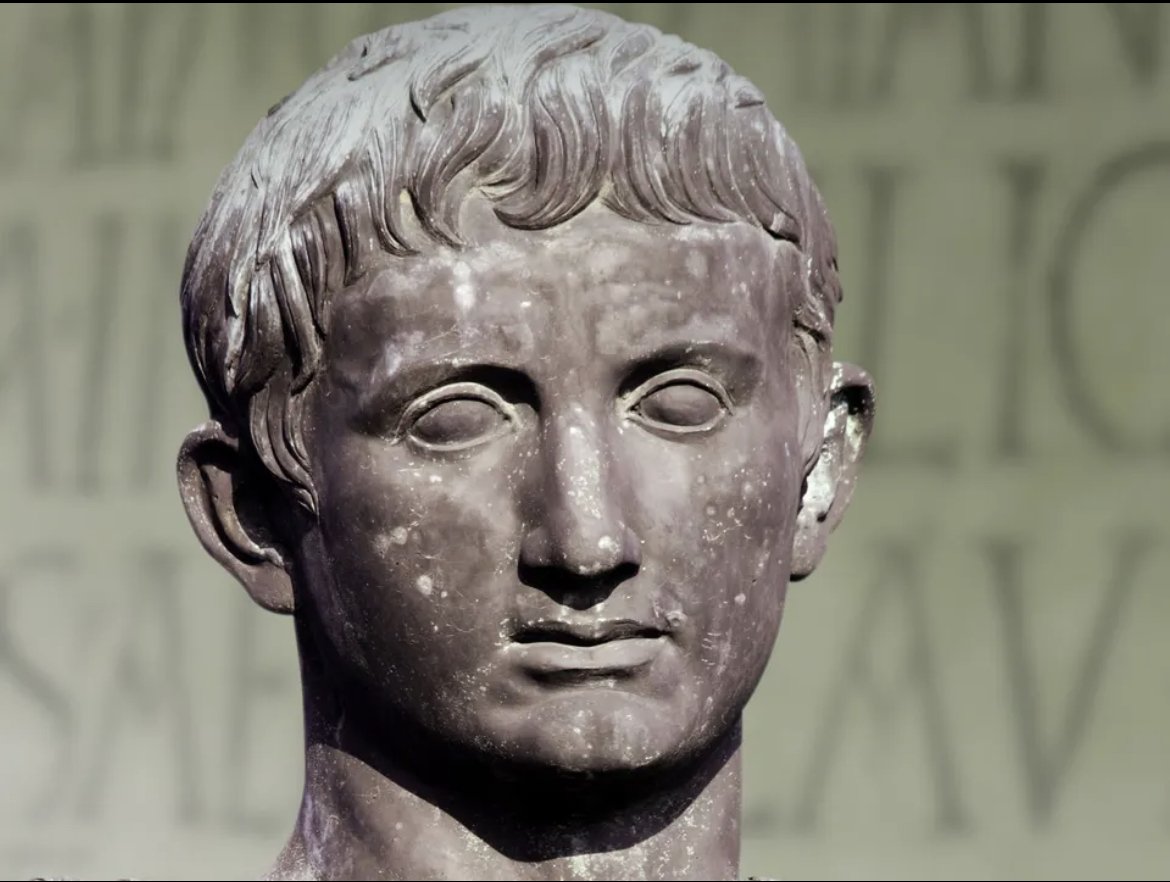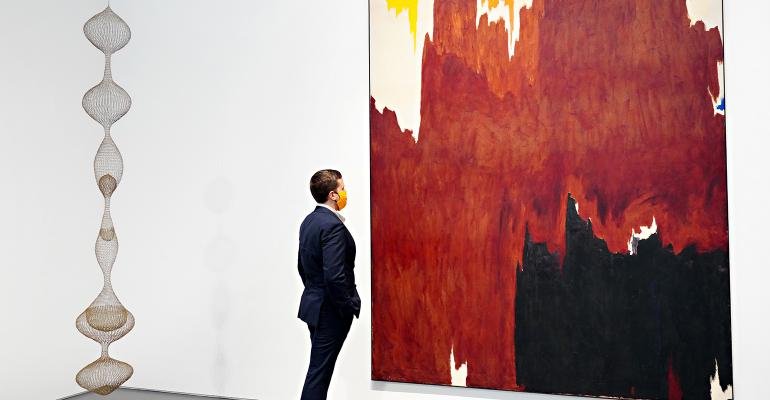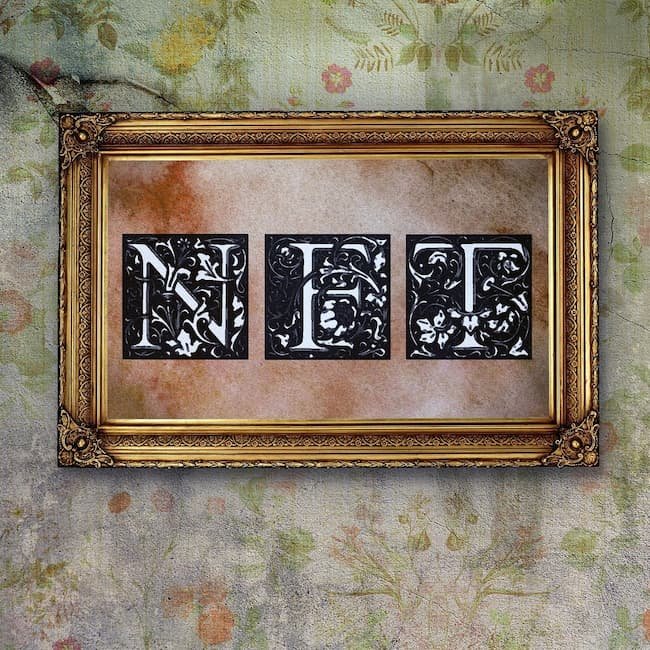Publications

Do The Right Thing: Returning Looted or Stolen Art (and How Not to Buy It in the First Place)
Returning stolen and looted art is a complex and lengthy process, involving legal and political challenges. Nonetheless, transferring ownership to the government for repatriation, as exemplified by the Worcester Art Museum, aligns with property laws and represents the morally right course of action. Objects of this nature should be returned to their rightful owners or to the countries or cultures from which they originated if there is any doubt regarding their true ownership. To safeguard yourself from such situations, diligent research and thoroughness are imperative.

Art and Art Funds as Alternative Investments

Web 3.0: Planning For Art NFT Collectors
NFTs are popular in applications that require unique digital items, including crypto art, digital collectibles, and online gaming, where some guarantee of authenticity and ownership history adds value. As far as art is concerned, this space is developing rapidly. This article takes a look at the territory.

People Will Pay For Comics NFTs: Why Does It Matter?
NFT collectors value the ownership and control of these digital assets, often above their market value so estate planners must utilize and take advantage of unique estate planning techniques, such as a scenario planning process, illustrating for the clients, the process used to preserve the ownership of these assets, as if we were telling a story, in which the desired ending satisfies the client’s needs.

New Reporting Requirements On Cryptocurrency, Nonfungible Tokens And Other Digital Asset Transactions.
The U.S. Senate has passed the “Build America Act of 2021” also known as the bipartisan infrastructure bill, that includes new reporting for cryptocurrency transactions and brokers of cryptocurrency…the Bill means that estate plans including any sort of digital asset in an estate will become more complicated.

Going Beyond Preserving A Collection – The Private Operating Foundation
Many times, an artist or collector wishes to preserve their art collection by donating the collection to a museum or charity. Often the museum, university or other organization is unwilling or unable to integrate, preserve, store and display the entire collection along with the associated documents. Even if there is a financial gift to sufficiently endow the collection today, there is no certainty that the endowment will be able to fund the charity indefinitely into the future. If you are an artist or a collector wanting to preserve your collection, consider a Private Operating Foundation. This entity can be used not only to preserve a legacy but to define and shape the future.

The Met Is selling Art? The Debate Over Deaccessioning Continues
The business model of every art museum has been under enormous stress during the pandemic and economic reality of 2020. The American Association of Museum Directors made a 180-degree turn on the use of funds from the sale of art from the museum’s collection last spring allowing some of the proceeds to be used to meet operating costs. The debate continues over whether the temporary lifting of the restrictions should be made permanent, amplified by the Metropolitan Museum of Art considering selling art and using the proceeds to cover operating costs.

Whither Donations Of Art To Museums In 2021?
What is the future of art collections and museum donations for 2021 and beyond?
Will museums with limited capacities be willing and able to accept specific artwork or even entire collections, now owned by artists and collectors who are in their 80’s and 90’s?
“What is required is planning for a current and ongoing collaboration between artists and collectors on one hand,and museums on the other for the creation and access to a virtual as well as physical collections.”

Forbes: Thoughts On Collecting Art
The recent death of famed art collector Sheldon Solow has raised in my mind the more common question for estate planners about what to do with art in an estate. Once a person starts accumulating Art, their mind often turns to forming a Collection. Any estate planner for the collector should ask some hard questions. The fact is that Art of every description are sold each year as adding to a collection; unhappily, most of these collections fail in the long or short term to be financially or artistically successful and end up being broken up at the death of the Collector. If you are intent on creating a collection, here are a few thoughts on what to do, and not do, from an estate planner’s perspective.

Forbes: New Sanctions Announced For Art Deals With Sanctioned Persons
The U.S. Department of the Treasury’s Office of Foreign Assets Control (OFAC) has issued an advisory on sanctions risks arising from dealings in high-value artwork associated with persons blocked pursuant to OFAC’s authorities, including persons on OFAC’s List of Specially Designated Nationals and Blocked Persons. This applies to art galleries, museums, private art collectors, auction companies, agents, brokers, and other participants in the art market because high-value artwork transactions may play a role in blocked persons accessing the U.S. market and financial system in violation of OFAC regulations.

Forbes: Jacob Lawrence’s ‘Struggle’ - What To Do Before Your Art Becomes Famous
Hillary Sheets reported in the New York Times on the recent discovery of the 1956 Jacob Lawrence work “Struggle”, a long thought lost piece of a series of 30 paintings on the nation’s early history. The owners of the piece purchased the work at a charity auction in 1960 and knew who the artist was, but not the significance, of the painting. A sharp-eyed visitor to the Metropolitan Art Museum alerted the owners to the meaning of the painting in the broader context of Lawrence’s work and the Museum to its existence. The owners are not art collectors. The work is now famous, and estimated to be worth in the seven figures and so a significant asset. So, other than having keen-eyed friends to alert you to what you have, how can you find out if you have such artwork?
